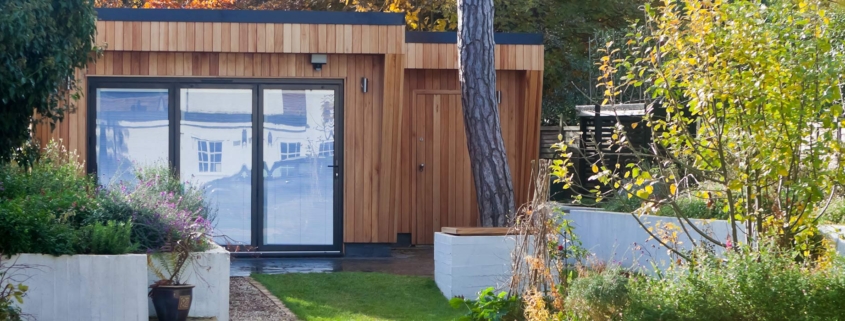Understanding Victoria’s New Regulations on Small Second Homes (Amendment VC253)
Victoria’s property landscape is about to witness significant changes with the introduction of Amendment VC253, aimed at regulating small second homes, often referred to as “granny flats” or “tiny homes.” Let’s delve into the key aspects of this amendment and its impact on homeowners.
Let’s start with what is a ‘Small Second Dwelling’?
As per Clause 73.03 (Land Use Terms) of the Victoria Planning Provisions, a ‘Small Second Dwelling’ is defined as “A building with a gross floor area of 60 square metres or less, on the same lot as an existing dwelling and used as a self-contained residence, which must include:
- A kitchen sink;
- Food preparation facilities;
- A bath or shower; and
- A toilet and wash basin.”
What is Amendment VC253?
Amendment VC253, gazetted into the Victorian Planning Provisions on 14 December 2023 by the Victorian government, seeks to address the growing demand for small second dwellings. It focuses on making it easier for property owners to build, modify, or rent out these units. The primary objective is to increase housing options and make it easier for Victorians to achieve small second dwellings, while ensuring compliance with safety and environmental standards.
Key Highlights of Amendment VC253:
1. Faster and More Streamlined Approval Process:
One of the main features of the amendment is the simplified approval process for small second homes. Depending on the size of a property, a small second dwelling may be exempt from requiring a planning permit. Or, it may require approval but be eligible for the streamlined VicSmart planning permit process, promoting quicker and more efficient development.
2. Focus on Sustainability and Environmental Considerations:
VC253 places a strong emphasis on sustainability. New dwellings must meet energy-efficient and environmental standards, aligning with the broader goals of reducing Victoria’s carbon footprint.
Benefits of Victoria’s New Regulations on Small Second Homes for Homeowners
Homeowners in Victoria can expect several benefits from these regulatory changes. Small second homes can provide additional rental income, accommodate extended family members, or serve as a flexible living space. However, it’s crucial to be aware of the compliance requirements to avoid potential legal issues. If you need help understanding the compliance aspect of VC253, please contact us.
What does VC253 mean for the future of Tiny Homes in Victoria?
Tiny homes, which have gained popularity as a sustainable, cost-effective and minimalist housing option, are also impacted by Amendment VC253. They fall under the category of small second dwellings and are subject to the same regulatory framework.
Challenges and considerations that may impact these new regulations on Small Second Homes
While Amendment VC253 offers opportunities, it’s essential to consider potential challenges. Property owners must ensure their small second homes meet all safety and compliance standards. Additionally, local regulations and zoning laws may still vary, so it’s advisable to consult with local authorities or a Planning Consultant like AS Planning, before embarking on any construction or modification project.
Victoria’s Amendment VC253 is a significant step toward addressing the housing needs of its residents, allowing for more flexible and sustainable living arrangements. Whether you’re interested in building a granny flat, tiny home, or simply want to stay informed about these changes, this amendment opens doors for homeowners and the housing market alike.
For more detailed information, you can refer to the official government source at planning.vic.gov.au and the ABC News article here.



